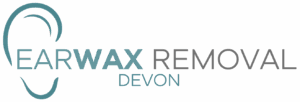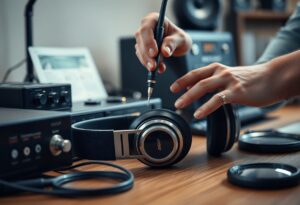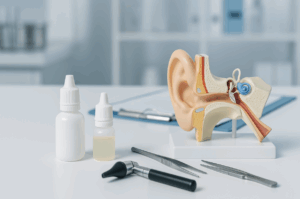Loss of hearing can often stem from a buildup of earwax, which may obstruct sound waves and affect your auditory health. You might not realize that this common issue can lead to temporary hearing impairment or discomfort. Understanding the role of earwax, recognizing the symptoms of blockage, and knowing how to safely address it is necessary for maintaining your hearing. In this post, you will learn about the causes, prevention, and treatment options related to earwax-induced hearing loss.
Key Takeaways:
- Earwax buildup can lead to temporary hearing loss by blocking sound waves from reaching the eardrum.
- Symptoms of earwax-related hearing loss may include muffled hearing, ear fullness, or discomfort.
- Professional removal of earwax is recommended; home remedies can often lead to complications.
The Science of Earwax: More Than Just Gunk
The Role of Earwax in Ear Health
Earwax, or cerumen, serves multiple protective functions in your ear canal. It traps dust, debris, and bacteria, preventing them from reaching your eardrum. The antimicrobial properties of earwax also help to fight off infections, while its slightly acidic nature creates an unfavorable environment for pathogens. Additionally, earwax lubricates the ear canal, safeguarding sensitive skin from irritation and damage.
How Earwax Can Affect Hearing
Excessive earwax can lead to a blockage, which disrupts sound transmission and results in hearing loss. The obstruction can vary from mild, causing slight muffling of sounds, to severe, potentially leading to complete deafness in the affected ear. Compounding this issue, people often attempt to clean their ears improperly, pushing the wax further in and exacerbating the blockage.
Hearing loss from earwax buildup can often be mistaken for other auditory conditions. You might find yourself struggling to hear conversations or needing to increase the volume on devices. In extreme cases, the pressure from the trapped wax can create discomfort or even pain, signaling that medical intervention may be necessary. Regular check-ups can help monitor earwax levels, ensuring that it doesn’t interfere with your hearing health.
When Earwax Becomes a Problem: Symptoms and Signals
Recognizing Symptoms of Earwax Buildup
You may notice several symptoms indicating earwax buildup, such as a feeling of fullness or pressure in your ear, ringing or buzzing sounds, and occasional discomfort. The sensation of your ear being blocked is often accompanied by itchiness, dizziness, or even a persistent cough due to irritation in the ear canal. Tracking these signs can help you determine if a visit to a healthcare professional is needed.
How Hearing Loss Presents Itself
Hearing loss due to earwax obstruction can manifest in various ways, from muffled sounds to difficulty understanding speech, particularly in noisy environments. You might catch yourself needing to raise the volume on your television or asking others to repeat themselves frequently. If the blockage is significant, complete loss of hearing in the affected ear can occur, highlighting the importance of addressing the issue early.
As earwax accumulates, sound waves struggle to pass through, diminishing clarity and loudness. For instance, when speaking to someone in a quiet room, you might find their words blend together, creating confusion. Over time, this gradual hearing loss can impact social interactions, making it crucial to recognize symptoms and seek appropriate care before the situation escalates.
Demystifying the Link Between Earwax and Hearing Loss
Understanding the Mechanisms of Impacted Earwax
Impacted earwax occurs when excess wax accumulates in the ear canal, often hardening and forming a blockage. This obstruction prevents sound waves from traveling freely to the eardrum, resulting in a dampened auditory experience. The ear’s natural cleaning process, which relies on skin cell migration, can be disrupted, exacerbating the buildup. Regular ear hygiene can help prevent this issue and maintain healthy hearing functions.
The Connection Between Earwax and Auditory Function
Earwax directly impacts your hearing by blocking sound waves, leading to sensations of fullness or muffled sounds. Often, you might not even realize the extent of blockage or its effects on your auditory perception until it becomes pronounced, prompting you to seek medical attention. Notably, severe cases of blockage might mimic other hearing disorders, complicating diagnosis and treatment.
In some cases, individuals with impacted earwax report experiencing fluctuating levels of hearing loss, particularly as the earwax shifts or decompresses. This fluctuation can be bothersome, often causing frustration and confusion. By understanding that earwax can obstruct the ear canal, you can take proactive steps if you notice any changes in your hearing. Regular check-ups with an audiologist can also help identify earwax issues before they escalate into more significant hearing problems.
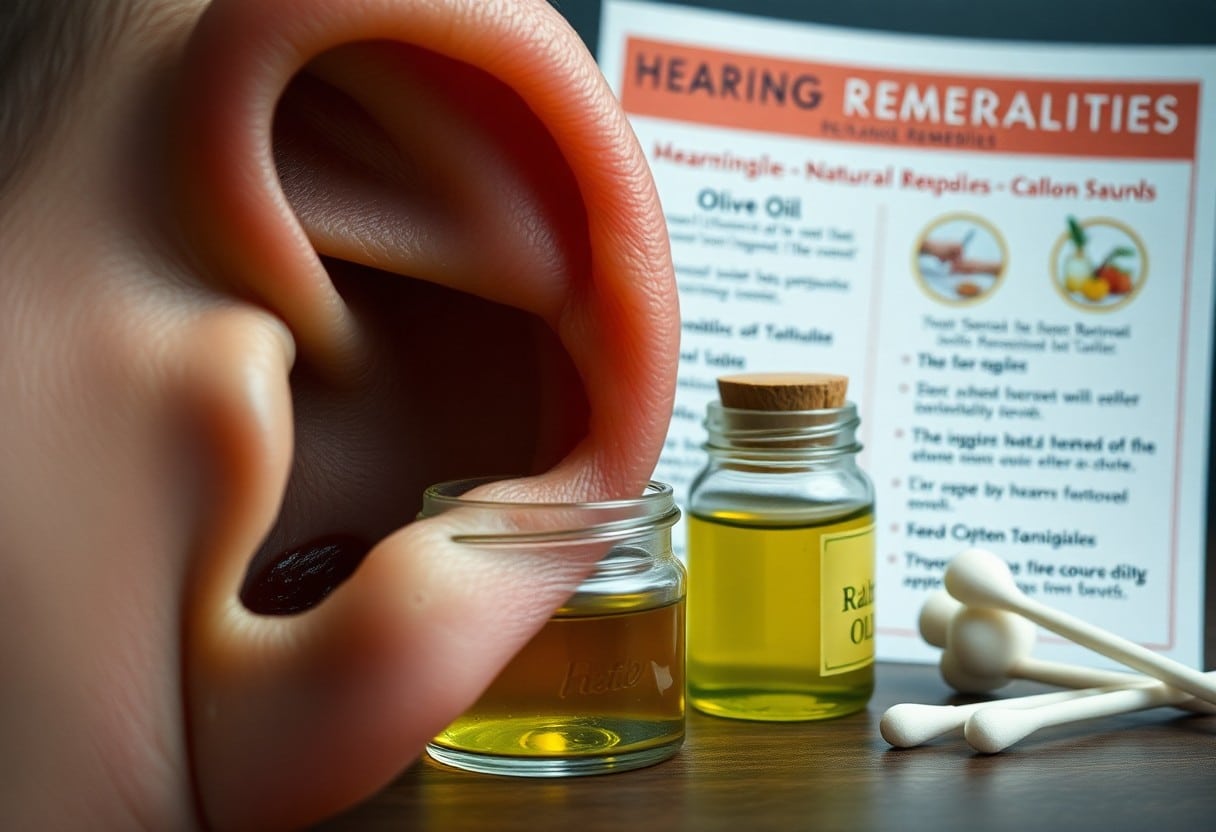
Home Remedies: What Works and What Doesn’t
Popular Home Treatments for Earwax Removal
You may come across various home remedies for earwax removal, such as using mineral oil, hydrogen peroxide, or saline solution. Mineral oil or warm olive oil can soften earwax, making it easier to remove. Hydrogen peroxide can help break down the buildup but should be used cautiously due to potential irritation. Other remedies, like ear candles, lack scientific support and may pose safety risks. Always weigh effectiveness against potential harms before trying any treatment.
Assessing the Safety of DIY Earwax Solutions
Not all DIY solutions for earwax removal are safe, and some can worsen the problem. Interventions like cotton swabs can push wax deeper into the ear canal, leading to impaction or injury. While some natural oils may help, it’s vital to avoid products that can irritate the skin or cause infection. Your best approach often lies in gentle, proven methods or consulting a healthcare professional.
When considering DIY solutions, it’s crucial to evaluate their safety and effectiveness. For example, while warm water may be a soothing option, introducing anything other than this can disrupt the ear canal’s natural environment. The ear canal is self-cleaning, and excessive intervention can lead to more serious complications, including perforated eardrums or infections. Professional guidance remains the safest way to navigate earwax removal and prevent hearing loss.
Professional Intervention: When to Seek Help
Diagnostic Procedures and Tests
In cases of suspected earwax buildup, an audiologist or ENT specialist will typically begin with a visual examination using an otoscope to assess the ear canal and eardrum. Additional tests, such as pure-tone audiometry, may be conducted to evaluate your hearing levels and determine the extent of any hearing loss caused by earwax. Acoustic impedance testing can also help gauge how well sound is transmitted through the ear canal.
Medical Treatments for Excessive Earwax
Healthcare providers have several effective options for treating excessive earwax. These treatments often include professional earwax removal techniques like suctioning or curettage. In cases where earwax buildup is recurrent, you may be prescribed medical-grade ear drops designed to soften earwax, making it easier to expel naturally or remove during an office visit.
For patients experiencing chronic earwax issues, prescription ear drops containing carbamide peroxide or other lubricating agents can facilitate easier removal. Regular ear cleaning sessions with a healthcare provider may also be a solution for those prone to excessive buildup. These preventative measures not only alleviate discomfort but enhance overall auditory function, reducing the risk of future hearing loss.
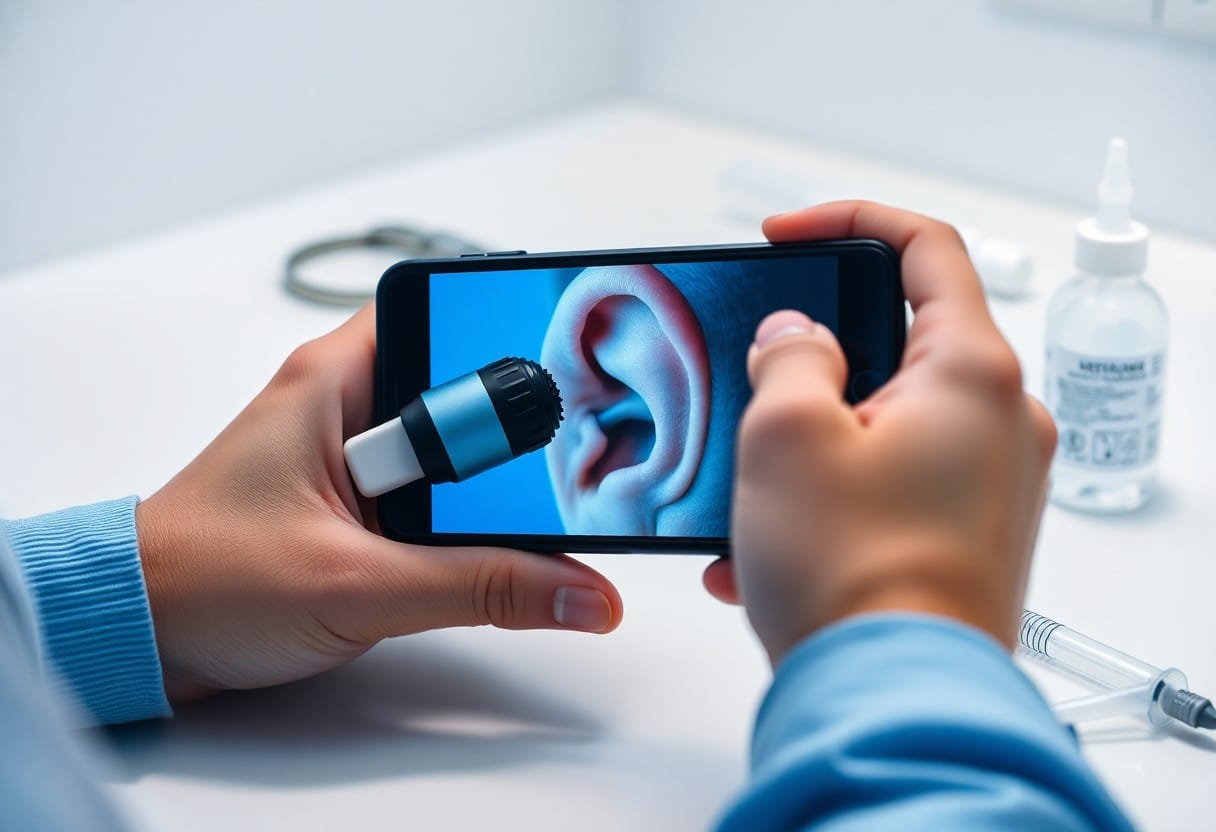
Strategies for Prevention: Keeping Your Ears Healthy
Best Practices for Ear Hygiene
To keep your ears healthy, adopt simple hygiene practices. Regularly clean the outer ear with a soft cloth and avoid inserting objects into your ear canal, as this can push wax deeper or cause injury. Limit the use of cotton swabs, which often exacerbate wax buildup. Instead, consider using ear drops designed to soften wax or consult a healthcare professional for safe cleaning methods when necessary.
Debunking Common Myths about Earwax Care
Misinformation surrounding earwax care can lead to improper practices. Many believe that earwax is harmful and should always be removed. In reality, earwax serves as a protective barrier against debris and pathogens, and excessive removal can lead to irritation or infection. Understanding the function of earwax allows you to adopt healthier routines.
Common myths, such as the idea that earwax indicates poor hygiene, often mislead individuals. In actuality, everyone produces earwax, and its presence does not correlate with cleanliness. Overzealous cleaning can disrupt the ear’s natural self-cleaning mechanism. Instead of fearing earwax, focus on moderation; let your ears maintain balance while keeping an eye out for signs of excessive buildup, like hearing changes or discomfort.
Living with Hearing Loss: Strategies for Coping
Communication Techniques for Better Interaction
Enhancing communication with others starts with clear strategies. You can face your conversation partner and maintain eye contact, which helps you read facial expressions and gestures. Using concise language and asking others to speak clearly can significantly improve your understanding. Reducing background noise, such as turning off the TV or moving to a quieter space, creates an environment conducive to better hearing. Lastly, don’t hesitate to ask for repetitions or clarifications when needed; most people will appreciate your honesty.
Assistive Devices: What’s Available?
Numerous assistive devices cater specifically to those with hearing loss. Hearing aids, often the most recognized option, amplify sounds and can be customized to your preferences. Cochlear implants are another choice for those with severe hearing loss, providing direct stimulation to the auditory nerve. Additionally, you might find devices like amplified telephones and alerting systems with visual or tactile cues beneficial in everyday situations.
Hearing aids come in various styles, including in-the-ear, behind-the-ear, and receiver-in-canal models, catering to different levels of hearing loss and preferences. Cochlear implants, which bypass damaged portions of the ear, have shown positive results for many users, allowing them to perceive sounds more naturally. Moreover, assistive listening devices (ALDs) help in specific environments, such as theaters or lecture halls, by directly transmitting sound to your hearing aids or headphones. For daily alerts, doorbell and smoke alarm systems with flashing lights or vibrations are also available, ensuring you stay aware of your surroundings without relying solely on sound.
The Bigger Picture: Ear Health in Context
How Earwax Management Affects Overall Well-being
Your overall health can be influenced by effective earwax management. Excessive earwax can lead to blockage, causing discomfort, reduced hearing, and even ringing in your ears. These auditory issues can impact daily activities, leading to increased stress and frustration. Maintaining clear ear canals preserves not only your hearing but enhances communication and social interaction, which are vital for emotional well-being.
The Role of Healthcare Providers in Ear Health
Healthcare providers play a critical role in maintaining your ear health. Regular check-ups allow professionals to assess your ear canal and identify any potential issues before they escalate. These experts are equipped to perform safe earwax removal and provide personalized advice tailored to your specific needs. Ensuring you seek their guidance fortifies your efforts to manage ear health effectively.
Healthcare providers can offer specialized assessments to determine the causes of earwax buildup and recommend customized treatment plans. They may use tools like otoscopes to carefully examine your ears and identify blockages. Furthermore, they can educate you on best practices for ear hygiene, dispelling myths around home remedies that can sometimes worsen the issue. Leveraging their expertise helps you navigate ear health with confidence and reduces the risk of complications.
Summing up
To wrap up, if you experience hearing loss due to earwax buildup, it’s necessary to address the issue promptly to avoid further complications. Regular ear care, including gentle cleaning techniques, can help maintain your auditory health. If earwax impaction persists, consider consulting a healthcare professional for safe removal. Staying informed about your ear health can significantly improve your hearing and overall well-being.
FAQ
Q: Can earwax cause hearing loss?
A: Yes, excessive earwax can build up and block the ear canal, leading to temporary hearing loss.
Q: How can I tell if my hearing loss is due to earwax?
A: Symptoms may include muffled hearing, ear discomfort, or a feeling of fullness in the ear. A visit to a healthcare provider can confirm if earwax is the cause.
Q: What are the ways to remove earwax safely?
A: Safe methods include using over-the-counter ear drops, irrigation with warm water, or professional removal by a doctor or audiologist.
Q: Are there risks associated with earwax removal?
A: Risks include potential ear canal injury, infection, or perforation of the eardrum if improper techniques are used.
Q: How can I prevent earwax buildup?
A: Regular cleaning of the outer ear, avoiding the use of cotton swabs inside the ear canal, and maintaining ear hygiene can help prevent buildup.
